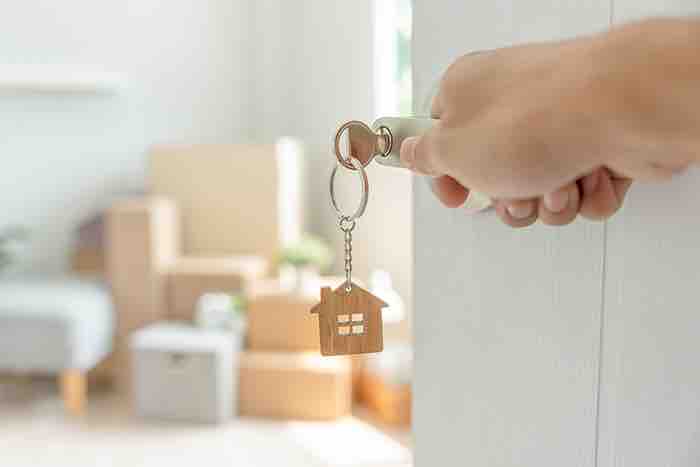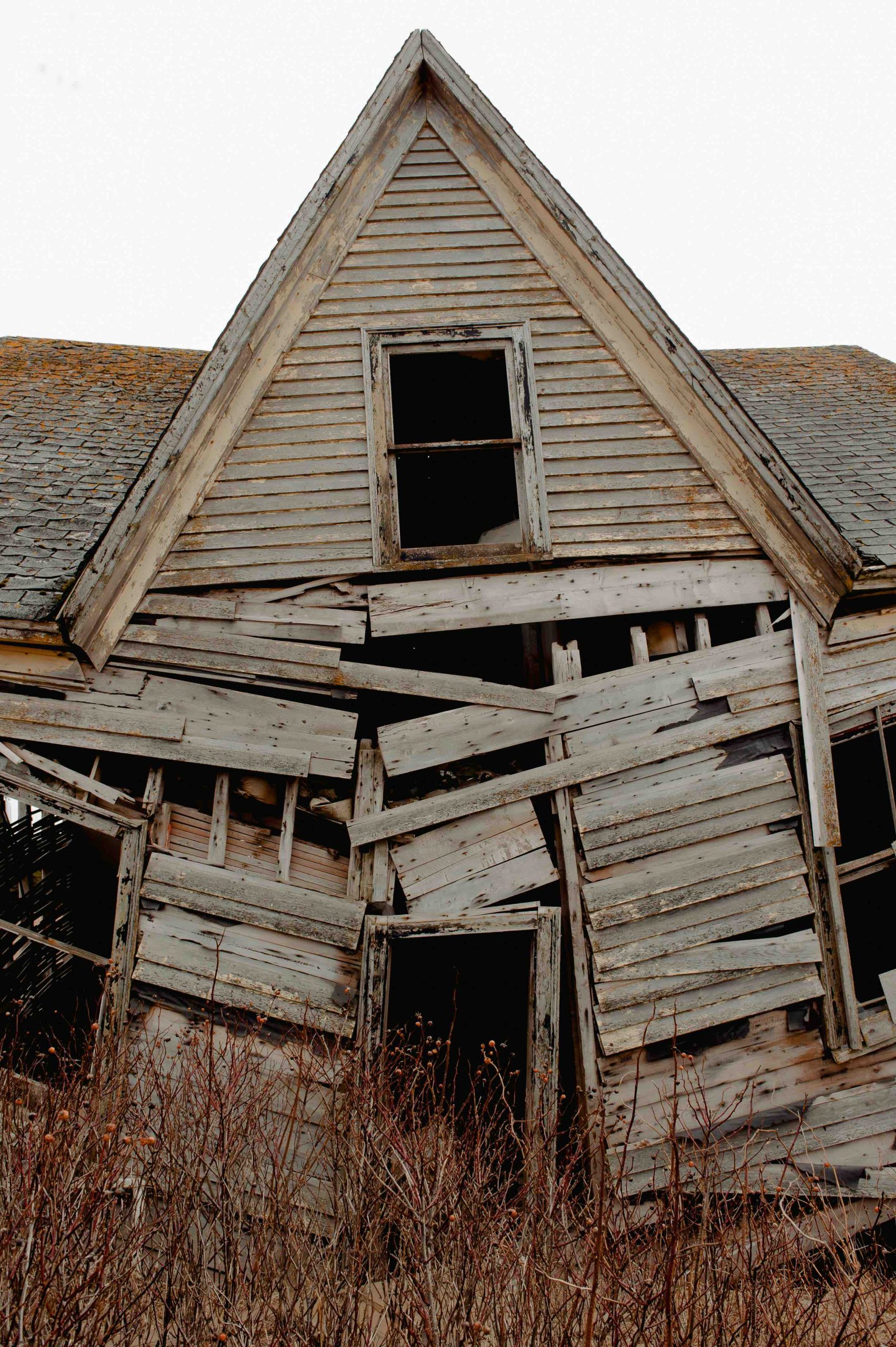Selecting the right exterior siding for your home is often one of the most important decisions you’ll make when embarking on a construction or renovation project. In addition to influencing your home’s curb appeal, siding serves as a protective barrier against the elements, humidity, and temperature fluctuations. But how do you navigate the numerous options available today? That’s precisely what we’ll explore in this guide.
Guide Index
- Why Choosing the Right Siding Matters
- Key Factors to Consider
- Different Types of Exterior Sidings
- Quick Comparison Table
- Frequently Asked Questions
- Conclusion & Resources
Why Choosing the Right Siding Matters 🤔
When we talk about exterior siding, we’re referring to the “skin” of your house, namely the outermost layer exposed to weather conditions. A good siding:
- Enhances the aesthetics and value of your property
- Improves the home’s overall durability
- Contributes to insulation and energy efficiency
- Protects against damage from rain, snow, UV rays, and more
If you’re planning a real estate purchase or simply want to upgrade your current residence, know that the type of siding can affect your property’s reassessment down the road. Don’t forget that you can always get a
free, no-obligation evaluation of your home’s approximate worth.
Key Factors to Consider Before Making a Choice 💡
Before delving into the different types of exterior sidings, let’s go over several factors that should guide your decision:
- Budget: Costs can vary significantly depending on the material. Remember to account for both the product price and labor expenses.
- Architectural Style: Each siding option has a unique appearance. Some are better suited for traditional homes, while others complement more modern designs.
- Durability: Harsh weather conditions can put your exterior to the test. Be sure to consider the resistance of each material to moisture and UV exposure.
- Maintenance: Certain materials demand regular upkeep (staining, painting, etc.), while others are nearly maintenance-free.
- Environmental Impact: Are you concerned about the manufacturing process or the ecological footprint? Some materials are more eco-friendly than others.
For more advice, particularly if you’re in the market for a new home, check out these helpful tips on buying property.
Different Types of Exterior Sidings 🔍
Let’s dive into the main types of exterior siding available to protect and beautify your home. From acrylic to vinyl, including torrefied wood and CanExel, each option comes with its own set of advantages and drawbacks. In this first section, we’ll offer an overview to help you begin your research.
Acrylic: The High-End Option ✨
Acrylic siding stands out for its versatility and modern finish. It’s prized for its resistance to moisture, UV rays, and temperature fluctuations. While it generally costs more than other materials, it significantly enhances the home’s exterior appearance.
- Advantages:
- Variety of finishes (colors, textures)
- Excellent durability
- Highly stylish and contemporary look
- Drawbacks:
- Higher labor costs
- Complex installation process
As a rough guide, costs typically range from $12 to $18 per square foot (including labor). However, these prices can vary depending on your region and supplier.
CanExel: The Wood-Look Siding Without the Hassle 🌳
Do you love the warm look of natural wood but dread the maintenance involved? CanExel might be the perfect solution. Made from compressed wood fibers and pre-painted at the factory, it mimics real wood grain while requiring significantly less upkeep.
- Advantages:
- Realistic wood-like appearance
- Much lower maintenance
- Good resistance to impact and changing weather
- Drawbacks:
- Requires careful installation to prevent water infiltration
- Production can be energy-intensive (environmental footprint)
On average, CanExel costs range between $9 and $14 per square foot. Again, these figures are estimates that may differ based on various factors.
Torrefied Wood: A Noble, Durable Choice 🔥
Torrefied wood undergoes a high-temperature treatment that removes moisture and makes it more resistant to rot and pests. Because no harmful chemicals are used in the torrefaction process, it appeals to homeowners who are environmentally conscious.
- Advantages:
- Extremely durable and stable
- Retains the natural beauty of wood
- Eco-friendly process without chemical additives
- Drawbacks:
- Relatively higher cost (often $15 to $25 per square foot)
- Periodic maintenance is needed to preserve its color
Vinyl: The Budget-Friendly Solution 💰
Vinyl siding has long been popular thanks to its affordability and relatively simple installation. While it may discolor over time due to UV exposure, it remains a wise choice for homeowners seeking a practical and cost-effective siding option.
- Advantages:
- Very competitive in terms of price
- Easy to install (often a good option for DIY enthusiasts)
- Wide range of colors available
- Drawbacks:
- Prone to fading over time
- Less eco-friendly compared to natural materials
Vinyl siding typically costs between $3 and $8 per square foot. For more details about installation techniques, feel free to consult this guide.
What About Other Materials?
Of course, there are other choices such as brick, stone, or fiber cement. These often represent a higher investment in terms of both materials and labor. If you’d like to learn more, check out additional resources here.
Quick Comparison Table
To help you keep track of the essentials, here’s a short summary. Note that the prices below are estimates only and can vary based on your region, supplier, and the complexity of your project.
| Material | Approx. Price Range |
|---|---|
| Acrylic | $12 to $18/sq.ft. |
| CanExel | $9 to $14/sq.ft. |
| Torrefied Wood | $15 to $25/sq.ft. |
| Vinyl | $3 to $8/sq.ft. |
Looking for more inspiration on trending materials in the near future? Check out this list of the best exterior sidings.

Frequently Asked Questions (FAQ) 🤓
1. Which criteria should I prioritize when choosing siding?
Answer: It all depends on your priorities. If you focus on durability and aesthetics, acrylic or torrefied wood could be great options. If you have a tight budget, vinyl is an excellent choice. Lastly, if you love the look of wood without the heavy maintenance, CanExel can be an ideal compromise.
2. Which siding is the most durable?
Answer: Sidings like brick, stone, or acrylic often stand out for their longevity. Torrefied wood is also highly resistant, provided you follow recommended maintenance guidelines.
3. Is labor more expensive for certain materials?
Answer: Yes. For instance, acrylic requires a particularly technical installation, which can drive up labor costs. The same goes for wood and stone, which demand specific expertise.
4. By how much can installing new siding increase my property’s value?
Answer: It depends on the type of material and the home’s overall condition. In general, high-quality siding that’s properly installed can significantly boost resale value. For a more precise estimate, consider requesting a free, no-obligation evaluation.
5. Should I hire a professional?
Answer: While some materials (like vinyl) can be installed by knowledgeable DIYers, it’s usually best to work with a certified professional, especially for more complex siding systems such as acrylic, torrefied wood, or CanExel. Improper installation can lead to water infiltration and compromise overall durability.
Conclusion & Resources 🏁
As you can see, choosing your exterior siding is no trivial matter. Between budget, maintenance, durability, and style, there’s inevitably a material that will match your needs. The key is to gather the right information, compare options, and define your priorities clearly.
Would you like more information for your renovation or construction project? Feel free to
contact me directly to discuss your needs and receive personalized advice. I also invite you to check out
other blog posts on home structural maintenance to better understand how all parts of a house work together.
Finally, keep in mind that the pricing mentioned here is merely for reference. It varies depending on region, supplier, the complexity of the project, and the state of the market. Economic factors can also influence material costs at any given time. Take the time to compare multiple quotes and, if necessary, consult an expert to ensure you make the best choice.
If you have additional questions or would like more support for your real estate project, I’m here to help. Your ideas, tastes, and budget serve as the cornerstones for creating an environment that truly suits you. Happy planning! 🏡




